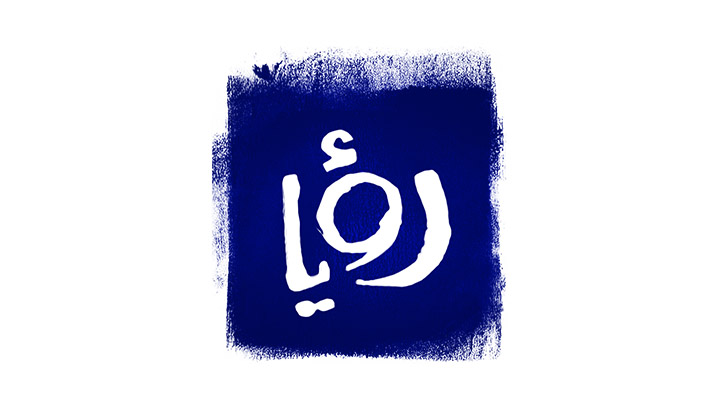Dead cat strategy casts its shadow over “Israel”-Hamas negotiations
Published: 2024-05-10 16:45
Last Updated: 2025-03-04 06:02
Editor: Mohammad Alakaileh

In the 1990s, James Baker, then US Secretary of State, would metaphorically leave a "dead cat" at the negotiation table—symbolizing the burden of failure placed on the rebellious party. The New York Times reflects on this tactic’s relevance to current Middle East negotiations and conflicts.
Recently, Hamas accepted an Egyptian-Qatari proposed ceasefire, seemingly shifting the onus to “Israel” to keep talks alive. However, “Israel” initiated a limited operation in Rafah, a densely populated area, challenging the ceasefire's viability.
The “Israeli” government rejected the truce, which Hamas accepted, claiming it diverges from their goal of a sustained ceasefire and ongoing efforts to dismantle Hamas, recognized as a terrorist group by the US and others.
Matthew Miller, a spokesperson for the US State Department Tuesday clarified in a press briefing, "It's important to understand that Hamas's agreement was not a straightforward acceptance. They proposed several conditions, which does not equate to a direct agreement."
Adding, "This statement issued yesterday (Monday, May 6) was widely circulated, and I do not blame those who relayed it, as it was stated, (but it) does not accurately reflect what happened. They (Hamas) responded as parties typically do in negotiations, but it was not an acceptance."
Who's responsible?
A New York Times analysis suggests the situation echoes a Middle East scenario three decades ago during Baker’s diplomatic missions. Baker’s 1990s Middle East shuttle diplomacy, culminating in the 1991 Madrid Conference, laid groundwork for peace talks despite not securing a significant agreement.
The newspaper indicated current Gaza developments aim partially to gain negotiation leverage or avoid blame if talks fail, potentially prolonging the seven-month war.
Hamas released a video of the captives to internationalize the crisis and pressure “Israeli” Prime Minister Benjamin Netanyahu, who is also under domestic pressure from his far-right government to conduct a wide-scale ground operation in Rafah, now home to over a million displaced Palestinians.
A 1990s Baker team member, Aaron David Miller, told The New York Times, "The intent often is not reaching a deal but assigning blame if negotiations falter... Biden is notably eager to conclude a deal."
Miller notes Biden fears a significant “Israeli” incursion into Rafah, resulting in high Palestinian casualties, would render future negotiations nearly impossible.
A senior “Israeli” official disclosed that the latest Cairo-mediated talks ended without resolution, leading “Israel” to continue its military operations in Rafah and other Gaza parts.
The official revealed “Israel's” reservations about Hamas's ceasefire proposal.
Following negotiations, Hamas stated early Friday that the "ball is entirely in Israel's court" for reaching an agreement.
Hidden motives and unresolved issues
The New York Times points out the challenge of discerning hidden motives and real red lines in regional negotiations, with all parties considering internal politics and mutual distrust.
Michael Koplow from the “Israeli” Policy Forum noted, "Most actions aim partially to strengthen negotiation positions, which generally makes reaching any agreement challenging."
Among the issues, “Israel” demands the release of 33 live captives as part of the deal's first phase, while Hamas's proposal includes releasing 33 captives, dead or alive.
The “Israeli” military took control over the Palestinian side of the Rafah crossing for the first time since 2005.
Following “Israel's” move, Egypt threatened to cease its mediation role in the truce talks, The Wall Street Journal reported.
“Israel” also objects over one term in the proposal – its inability to reject the release of any Palestinian prisoner in the deal, including those convicted of killing “Israelis”, the second is demands for the full “Israeli” army withdrawal from central Gaza roads to facilitate Palestinian movement.
According to the World Health Organization, approximately 1.2 million people reside in Rafah, with the majority displaced due to the ongoing conflict, which has claimed around 35,000 lives, predominantly women and children, in Gaza. Thousands remain trapped under debris.



